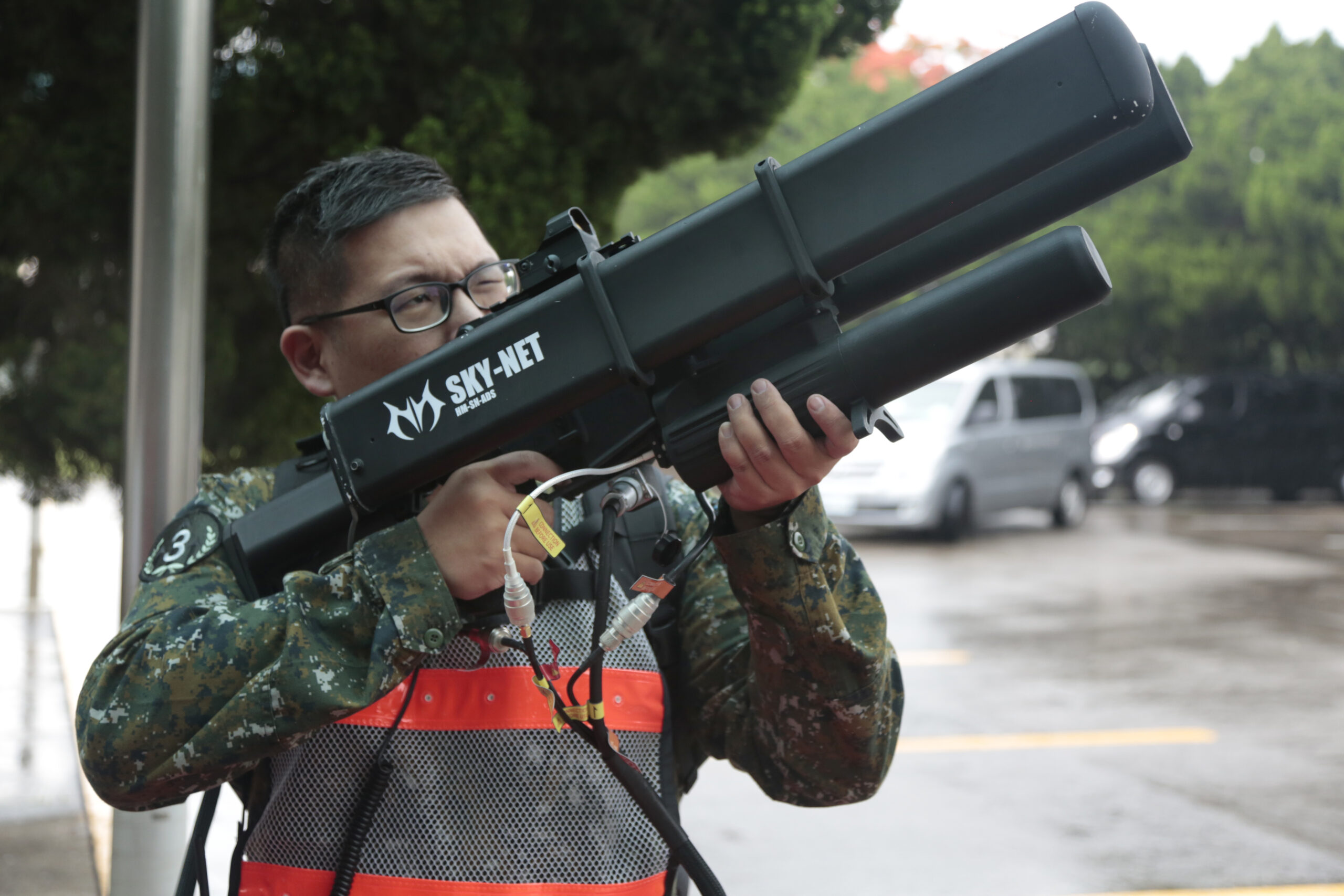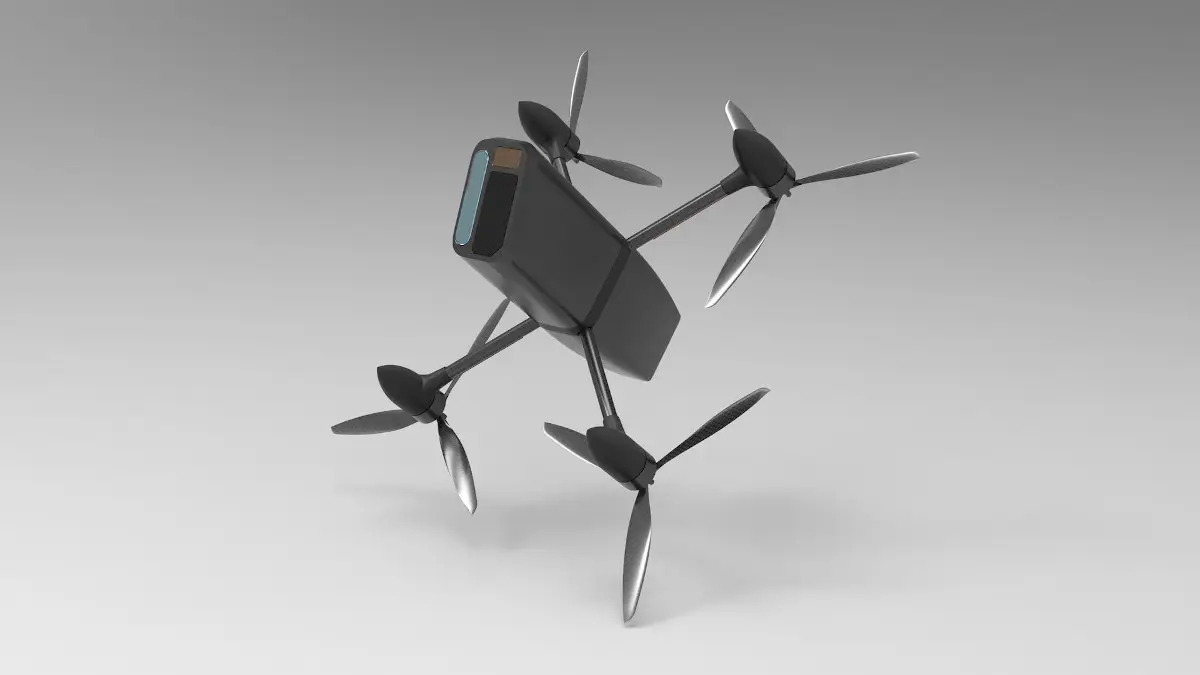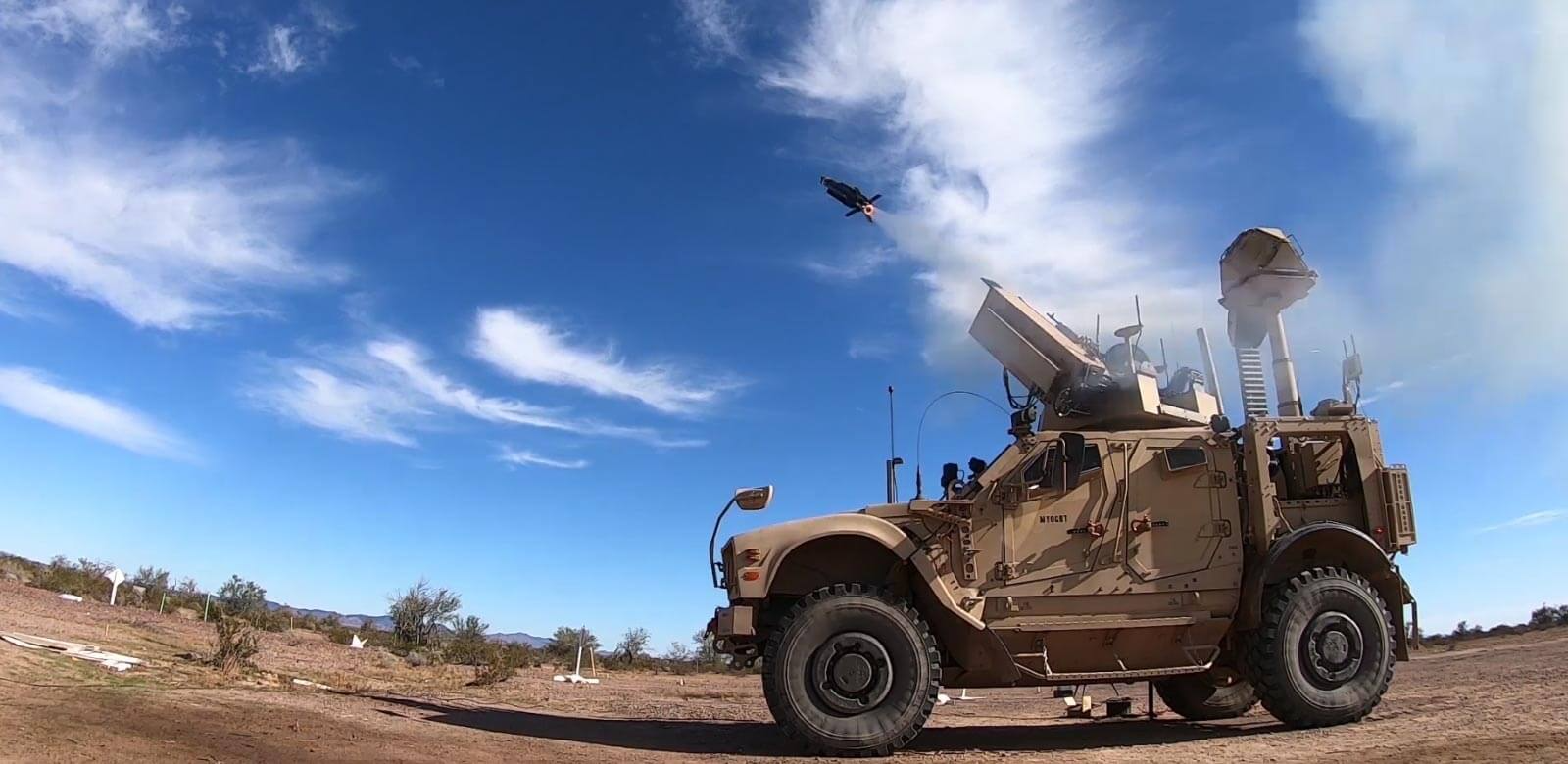Taiwan’s Ministry of National Defense (MND) has revealed that it will be deploying a domestically developed drone defense system to its islands in hopes of better countering and deterring hostile drone incursions, namely from China. Lately, Chinese drones have become an especially invasive threat to Taiwan’s airspace all while tensions between the two countries continue to rise.
In an article published by Focus Taiwan, an English-language Taiwanese news outlet owned by the government-run Central New Agency, Taiwan claims that the unidentified system has already been locally developed. The system is said to be made up of an undisclosed number of unmanned aerial vehicles (UAVs) designed by Taiwan’s National Chung Shan Institute of Science and Technology. MND budget documents outline that the system is slated to be deployed at 45 air, naval, and missile bases throughout the country over the next four years.
The MND went on to explain that the defense zones located on Taiwan’s outlying islands will be prioritized in the system’s rollout over the next few years. These are the areas where Taiwan has been experiencing most of its “grey zone” threats from China, which are defined as coercive statecraft actions short of war. The frequency of these threats really started to spike following U.S. Speaker of the House Nancy Pelosi’s (D-Calif.) visit to Taipei this month despite warnings from China advising against it.
Most recently, a mysterious Chinese drone boldly flew over the Lieyu Garrison Battalion on one of the islands of Kinmen, also known as Quemoy. The aircraft was filming at the time of the incursion, capturing footage that shows a pair of Taiwanese troops gazing up at the drone, confused at first, then quickly becoming defensive as they begin chucking stones in its general direction in an attempt to take it out. The Kinmen islands are governed by Taiwan but are located just off the southeastern coast of China, making it so the territory is easy for even lower-end Chinese drones to reach.

The undeterred incursion, and others like it, could set a dangerous precedent for potentially hostile, weaponized drones to enter the airspace above Taiwan’s outlying military bases. The threat that drones pose is growing increasingly difficult for nations across the globe to address, including the United States, but Taiwan’s recently announced counter-drone system echoes the country’s determination to do all it can to defend from the UAVs China has been sending its way.
Even though Taiwan is being especially tight-lipped about the specific kind of system it will begin deploying to its military bases starting this year, the information that the MND has offered certainly helps in narrowing down what it could possibly shape up to be. There are a handful of methods Taiwan currently has in place to both deter and neutralize drones. These range from jamming guns like Taiwan’s Sky Net System to anti-aircraft capabilities that could be beneficial in picking off a buzzing UAV, but a “remote-controlled drone defense system” that uses drones itself seems to be a relatively recent addition to Taiwan’s counter-UAV lexicon. However, similar concepts have existed in the counter-drone space for years now.

In 2019, Anduril Industries, a California-based tech startup, unveiled the Anvil, a small “hard kill” attack drone that the company had begun delivering to the U.S. and U.K militaries. Anvil takes the shape of a quad-copter drone and uses onboard electro-optical and infrared sensors to track and engage its target — other drones. Anvil also features a remote-controlled aspect, allowing the user to observe the drone’s movements and authorize the final attack through a video feed in its hand-held controller, which could be similar to the system Taiwan has developed.
The Defense Advanced Research Projects Agency (DARPA) is also working on an interceptor drone concept under the Mobile Force Protection (MFP) program. A corresponding demonstration held in 2021 tested the novel counter-drone system, which is designed to launch reusable interceptors that DARPA described as being “strong, stringy streamers” to then attack the propulsion systems of enemy drones rendering them unflyable.

However, the system was fixed to the back of a Humvee in the demonstration, and DARPA itself has said that the concept is intended for the protection of convoys from small drones specifically. The system also doesn’t utilize a remote-controlled feature as Taiwan’s capability has been described as using and instead employs an X-band radar paired with an automated decision engine to sense and identify adversarial UAVs and match those targets to specific interceptors in its inventory without the need for human intervention.
DARPA’s MFP program has employed other non-kinetic techniques to counter drones as well, including high-power microwave-based interceptors. More specifically, DARPA used a modified version of Lockheed Martin’s Mobile Radio Frequency-Integrated Unmanned Aerial Systems Suppressor, or MORFIUS, which is a tube-launched interceptor designed for counter-UAV and counter-drone swarm scenarios.

The high-power microwave aspect of the system is a form of directed energy weaponry ideal for employing electronic warfare tactics to disrupt or destroy the electronics inside of drones. The company Epirus designs a similar drone system called the Leonidas Pod, which uses high-power microwaves to protect from incoming threats. These drone-mounted high-power microwave systems can be used over and over, which helps for taking out multiple targets quickly.
Raytheon is also a player in the drone versus drone interceptor field having recently fired its Block 2+ Coyote drones from a 4×4 M-ATV-based and fixed palletized launch system to then engage various UAVs. Albeit, similar to the DARPA program, Raytheon’s concept uses fire control systems comprised of a KuRFS precision targeting radar and a Ku-720 mobile sensing radar to cue the Coyote drones to an incoming target as opposed to the remote-controlled method that Taiwan has divulged to the public.

It’s also possible that the very limited description we have of this system, in particular the remote-controlled aspect of it, could mean something else. As in the entire system works fairly autonomously and can be remote-controlled, not the drones themselves. We just have to wait and see.
Whatever its concept of operations may be, China’s actions are evidently pushing Taiwan to prioritize drone defense. That thought is further echoed by the country’s proposed military budget of $19 billion for fiscal year 2023, which saw a double-digit jump from last year’s. The spending increase specifically cites counter-drone systems, and the MND has been vocal about how China’s recent military drills and numerous incursions played a significant role in the uptick in requested funding.
The War Zone has stated for years that the best defense, in many cases, against lower-end drones is drones, so it will be interesting to see what Taiwan’s drone-versus-drone system ends up looking like and what its actual capabilities may be.
Contact the author: Emma@thewarzone.com
